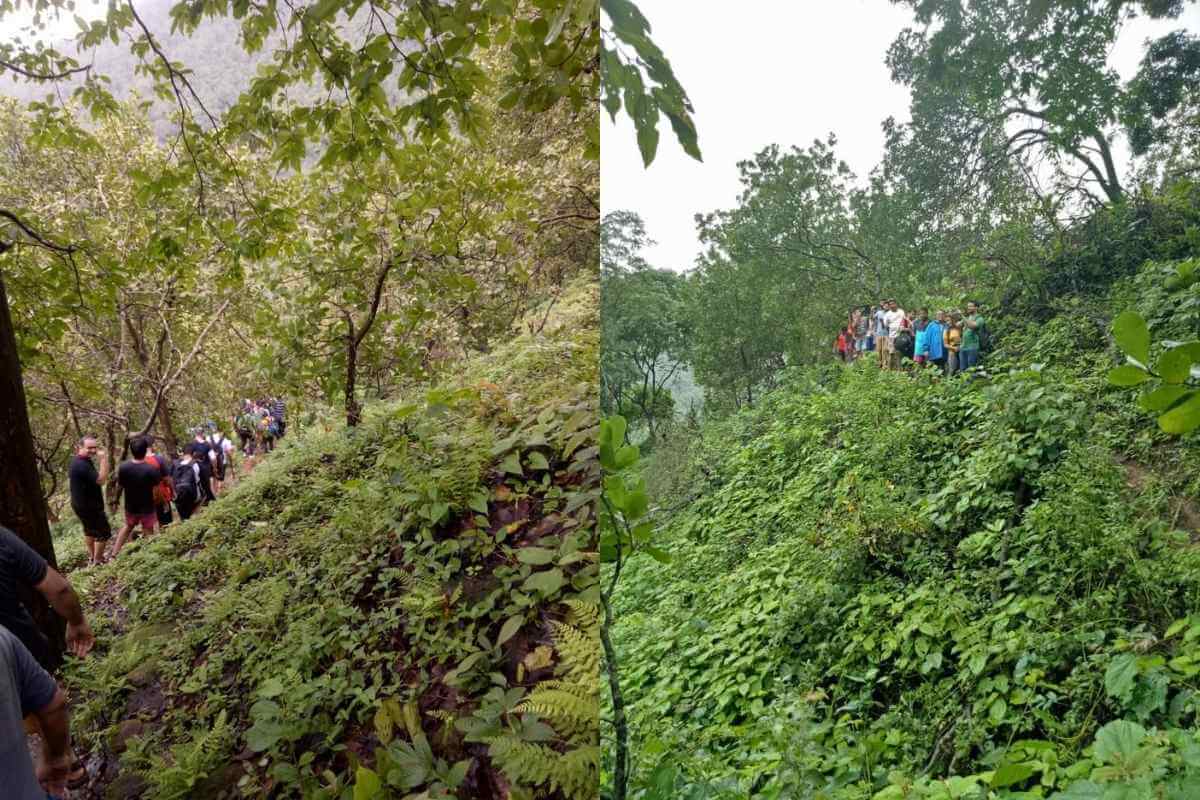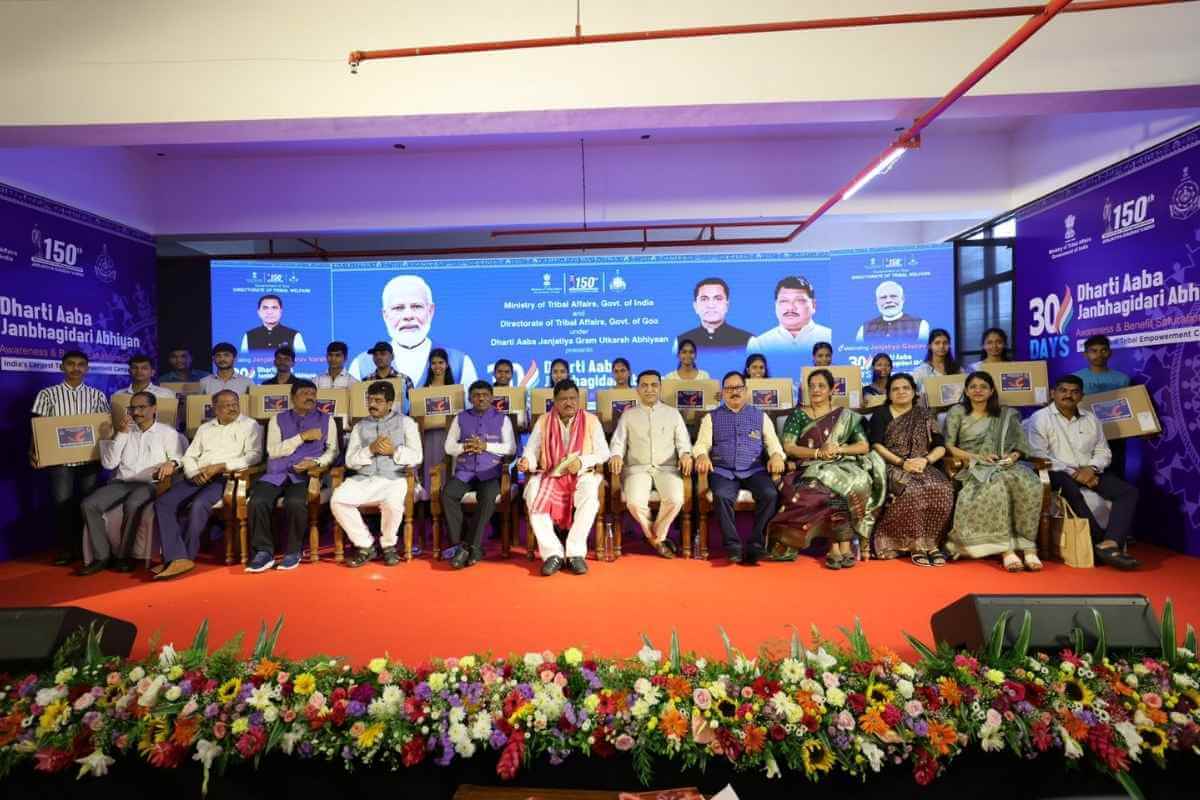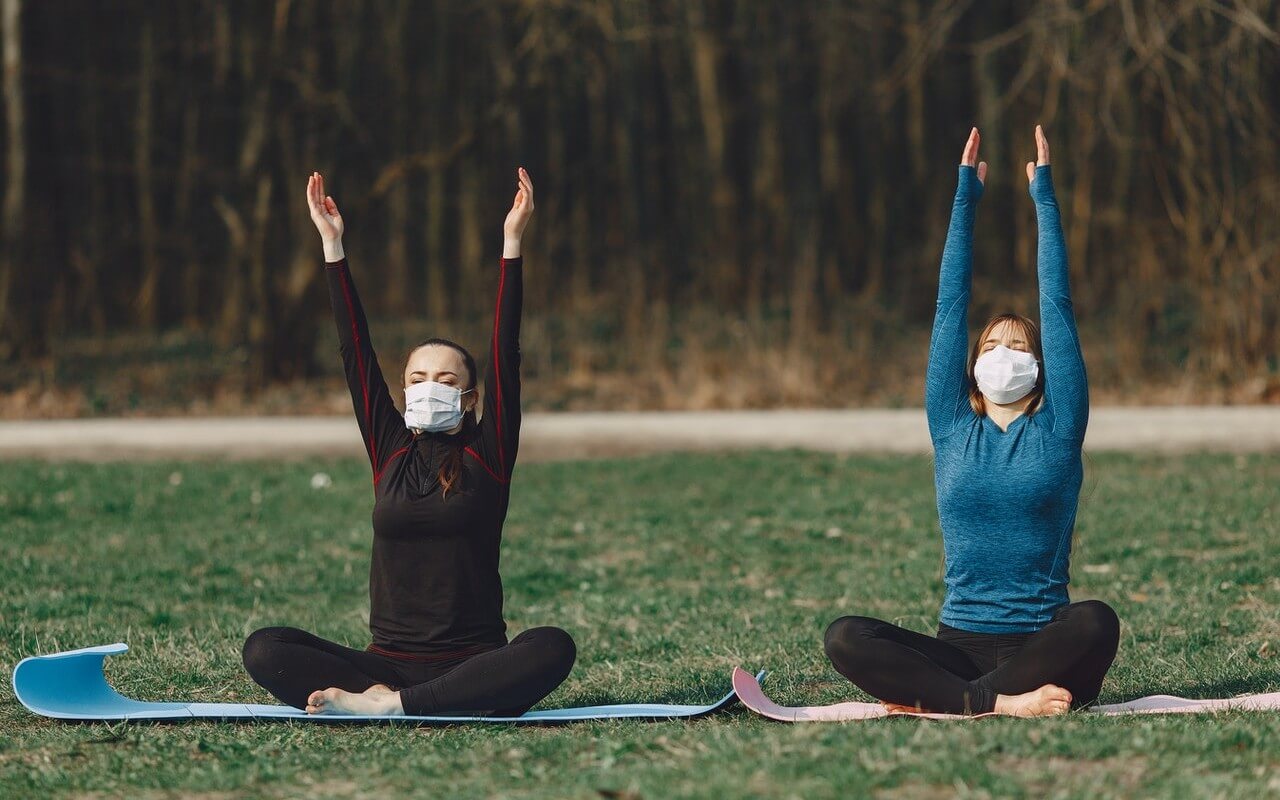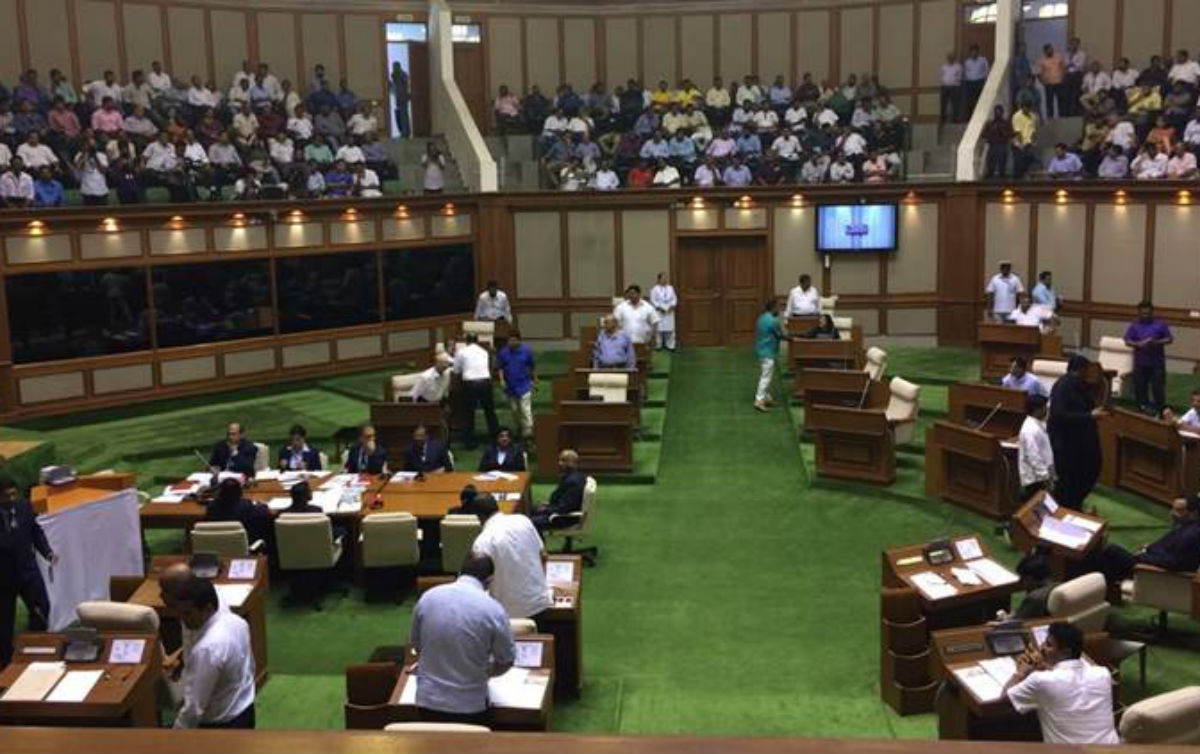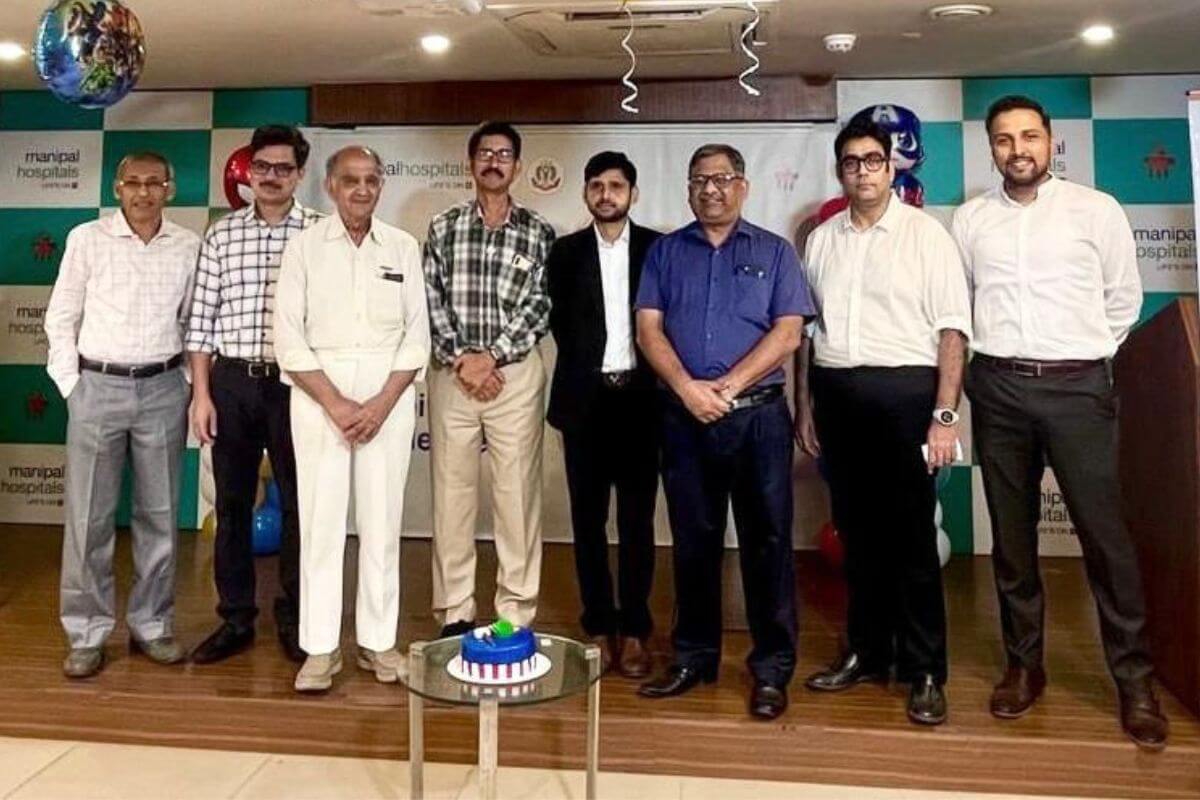Bringing relief from the sweltering heat, the monsoons nevertheless also bring with a host of vector, water, and foodborne diseases. Goa registers a high number of malaria and jaundice cases during this season. Although the government has brought the number of cases down, it has still to go a long way. With the onset of the monsoons, the Directorate of Health Services has identified five high-risk areas for malaria, particularly, Panjim, Margao, Candolim, Siolim and Chimbel. To avert and prevent a possible outbreak this season, the DHS has put a plan in place
According to the Times of India, the most common monsoon vector, water or foodborne diseases are dengue, malaria, chikungunya, diarrhea, typhoid, jaundice, stomach infections among others. In Goa, particularly, jaundice and malaria are rampant during the monsoons.
According to a report in The Navhind Times, from 2018 up to May, the state had recorded 794 cases of malaria which included 90 indigenous cases. This year up to May, there has been a significant decline in malaria cases; the cases detected are 434 which include only 25 indigenous cases. After battling for a decade to reduce malaria cases in the State, they are gearing for a zero status by 2020.

In a report today, the source has informed that the Directorate of Health Services has identified five high-risk areas for malaria disease in the state particularly Candolim, Siolim, Chimbel, Margao and Panaji. “Although malaria transmission is slightly higher in these areas, it is well under control,” informs NVBDCP officer of DHS Dr Anant Palekar while pointing out that the core issue related to malaria remains, as there is a high influx of migrant population, especially at the construction sites, which sees a continuous flow of labourers from high endemic states, who bring the parasitic load to the state. He, is, however, encouraged that the rate of malaria cases in Goa is low as compared with other states. “However, eliminating malaria is an uphill task, as it is difficult to control this disease amongst the migrant labourers,” he says.
According to this source, the national vector-borne disease control programme (NVBDCP), a unit of the DHS, has worked out a strategy including the micro-action plan to control and prevent the possibility of a malaria outbreak, particularly in the most vulnerable period during the monsoons.
“Health officers have been designated at all the health centres across the state and have been assigned different responsibilities to ensure early detection of the disease, complete treatment, strengthening of surveillance and implementing anti-larvae measures,” says Dr Anant Palekar.
Speaking to this paper, Dr Palekar said that regular fogging will be done and source reduction drives will be undertaken by the department in the high-risk areas. He said that the labourers are being identified and screened by way of surveillance, which is undertaken by the designated health workers of the respective health centres.
Inter-sectoral collaboration and behaviour change communication are other measures being undertaken by the DHS for which the department has roped in the education department to spread awareness amongst school students.

Doctors under the Ministry of Ayurveda, Yoga and Naturopathy, Unani, Siddha and Homoeopathy (AYUSH) and Anganwadi workers have also been roped in for the control and prevention of the disease by creating awareness across the state including remote areas.
The monsoon is also a prime time for catching jaundice and gastroenteritis through contaminated water and food.
In a series of missives to the locals as well as tourists, as reported in The Times of India, the Directorate of Health Service has cautioned citizens about increasing susceptibility to many diseases particularly influenza or viral flu and waterborne and foodborne infections like typhoid, diarrhea, viral hepatitis, malaria, etc.
Enumerating the common symptoms of water and foodborne infections as fever, nausea, vomiting, loose motions, jaundice, abdominal pain, and fatigue, it advises people to show these cases immediately to the nearest physician or health centre.
However, according to this source, the DHS cautions prevention is better than cure and has urged the public to take preventive measures regarding hygiene, especially toilet training in young children. Good hygiene in the kitchen area as well and maintaining cleanliness in one’s surroundings, keeping garbage properly covered, is some of the measures. Further, the DHS advises people to drink only clean/boiled water as a preventive measure against water-borne diseases like typhoid, jaundice, gastroenteritis, and diarrhea which are common due to contamination of drinking water source.
They also caution the public to ensure water does not stagnate on terraces, lintels, and drainages. Lids of overhead tanks should be airtight and septic tanks tightly sealed. No puddles be allowed and window screens be installed in homes.
Source: Navhind Times | TOI



